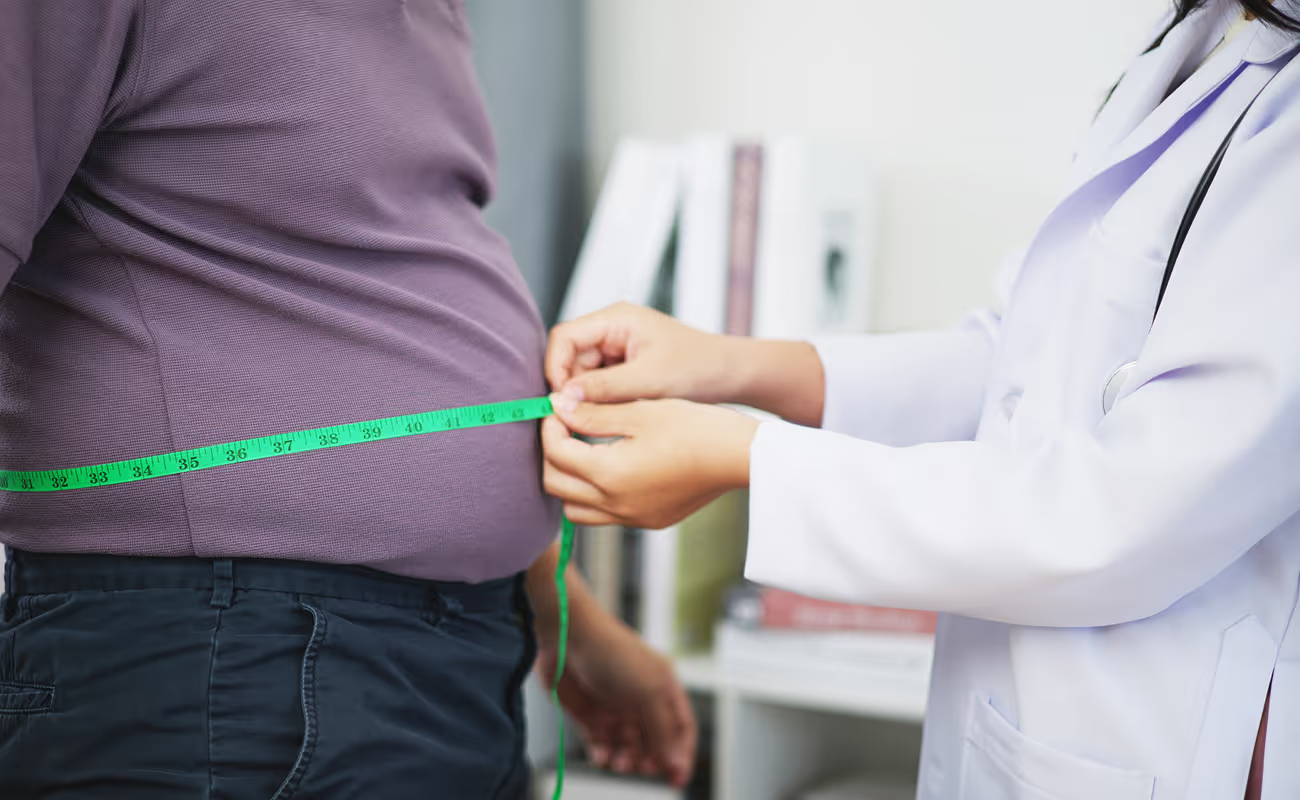What is weight loss (bariatric) surgery?
Bariatric surgery refers to surgical procedures designed to help people lose weight when other approaches alone, like diet, exercise or medications have not been sufficiently successful. Surgery involved altering the stomach and / or upper digestive system with advanced keyhole surgical techniques and devices. This fundamentally changes the way you eat, and your body’s response to the food you consume.
Who is suitable for weight loss surgery?
Generally, bariatric surgery is considered as:
- The primary recommended treatment for anyone living with a BMI > 50.
- Optimal treatment for those living with a BMI of 40 or above, or 35–39.9 with obesity-related health problems (e.g., diabetes, sleep apnoea, high blood pressure).
- Appropriate when sustained weight loss is not achieved through non-surgical means, for patients who are committed to making the required long-term lifestyle changes and attending follow-up appointments.
Types of weight loss surgery:
All surgeries work by changing the amount you can eat at each mealtime, but importantly by altering the hormone levels within the gut, and their effects on your hunger centre.
- Gastric Sleeve (Sleeve Gastrectomy): This is the most commonly performed procedure, world-wide, and it removes about 80% of the stomach. After surgery you have a ‘sleeve-like’ tube shaped stomach, but there is not change in the internal alignment of your upper intestine, although the operation is permanent.
- Gastric Bypass (one or two anastomosis surgery): This is a little more complicated, and divides your stomach into a small pouch, bypassing 80% of the main stomach and upper intestine. Combined with rerouting the upper small intestine to this gastric pouch, so bypassing the most of the fore-gut, causes more gut hormone, or metabolic effects. It should be regarded as irreversible.
- Other options: Newer techniques are being researched, and maybe available in the future, and in some specialist centres more extreme weight loss operations, like duodenal switch, can be offered. Older device-based treatments, and maintenance of theses, may be available in highly select cases (e.g., adjustable gastric bands or gastric balloons). Gastric band removal surgery, for troublesome or none-functioning bands, is possible and offered.
What are the benefits?
- Significant and sustained weight loss – in over 80% of all patients.
- Improvement or resolution of obesity-related conditions (type 2 diabetes, high blood pressure, sleep apnoea, joint pain).
- Enhanced quality of life, function and mobility.
What are the risks?
- Bleeding, deep infections, or leaks at the surgical sites.
- Nutritional deficiencies (requires lifelong supplements and regular blood tests).
- General anaesthetic / medical problems, such as blood clots, emboli, breathing difficulties or heart issues.
- The possible need for further procedures or operation – in up to 5% of patients life long.
- Psychological impact—important to have ongoing support.
What does surgery involve?
Before surgery
- Thorough assessment with your surgeon, dietitian, psychologist and other specialists as required.
- A specialist pre-op (very low-calorie) diet, to shrink the liver and allow surgery to occur.
- Smoking cessation and optimisation of any other medical conditions.
The procedure
Most weight loss surgeries are performed laparoscopically (keyhole surgery) under a full general anaesthetic. Operation times vary, but generally last 1–1.5 hours, with a few hours in a specialist recovery room afterwards.
After surgery
- Most patients stay only 1–2 days in hospital, without complications.
- Recovery is fast, with most back to normal activities in a few days, but I advise allowing up to 4 weeks for recuperation at home after leaving hospital. Wounds are small, stitches dissolvable and you can shower 2 days after surgery. Driving and returning to work varies a lot between patients.
- Dietary planning to reintroduce liquids, then soft, then solid foods over several weeks, to a ‘new normal’ eating pattern. Alcohol, and partying should be avoided for the first 6 months.
- Lifelong vitamin and mineral supplements are necessary.
What should I expect long term?
- Most weight loss occurs in the first 12–18 months.
- You’ll need to eat slowly, chew thoroughly, and avoid high-sugar/high-fat foods.
- Regular dietary follow-up is essential for monitoring weight, nutrition, and overall health. You will be seen regularly, with blood tests, for one - two years by the specialist team, and after this time you should have an annual review by your GP.
- Physical activity is essential, as part of ongoing lifestyle changes. You can resume sexual activities as soon as you feel comfortable, but ladies should not become pregnant for at least 12 months after surgery
When to seek help post-surgery?
Seek medical advice if you have:
- Severe abdominal pain, persistent vomiting (any vomiting blood), signs of infection (fever, shivering) or difficulty breathing.
- Slow progress with drinking initially, or more longer term difficulty eating, swallowing, or persistent nausea.
- Any new or unusual symptoms (see your GP first if not listed above).
Successful weight loss after surgery!
This will be entirely down to you making good dietary choices and being as active as possible. It is important to realise that we don’t always eat because we are hungry. You should start to practice the following skills in preparation for surgery and carry on as you adapt to life after the operation.
- Have three to four small meals a day. Choose quality over quantity
- Avoid snacking between meals. Try to choose a healthy option.
- Eat slowly: Eating at a table without any distractions will help
- Do not aim to eat until you are ‘full’.
- Do not drink with meals. Wait at least 30 minutes after a meal before you have a drink.
- Avoid all fizzy drinks.
- Choose textured foods that satisfy your stomach.
- Get out and be active! It doesn’t have to be a gym, just improve fitness and energy levels

